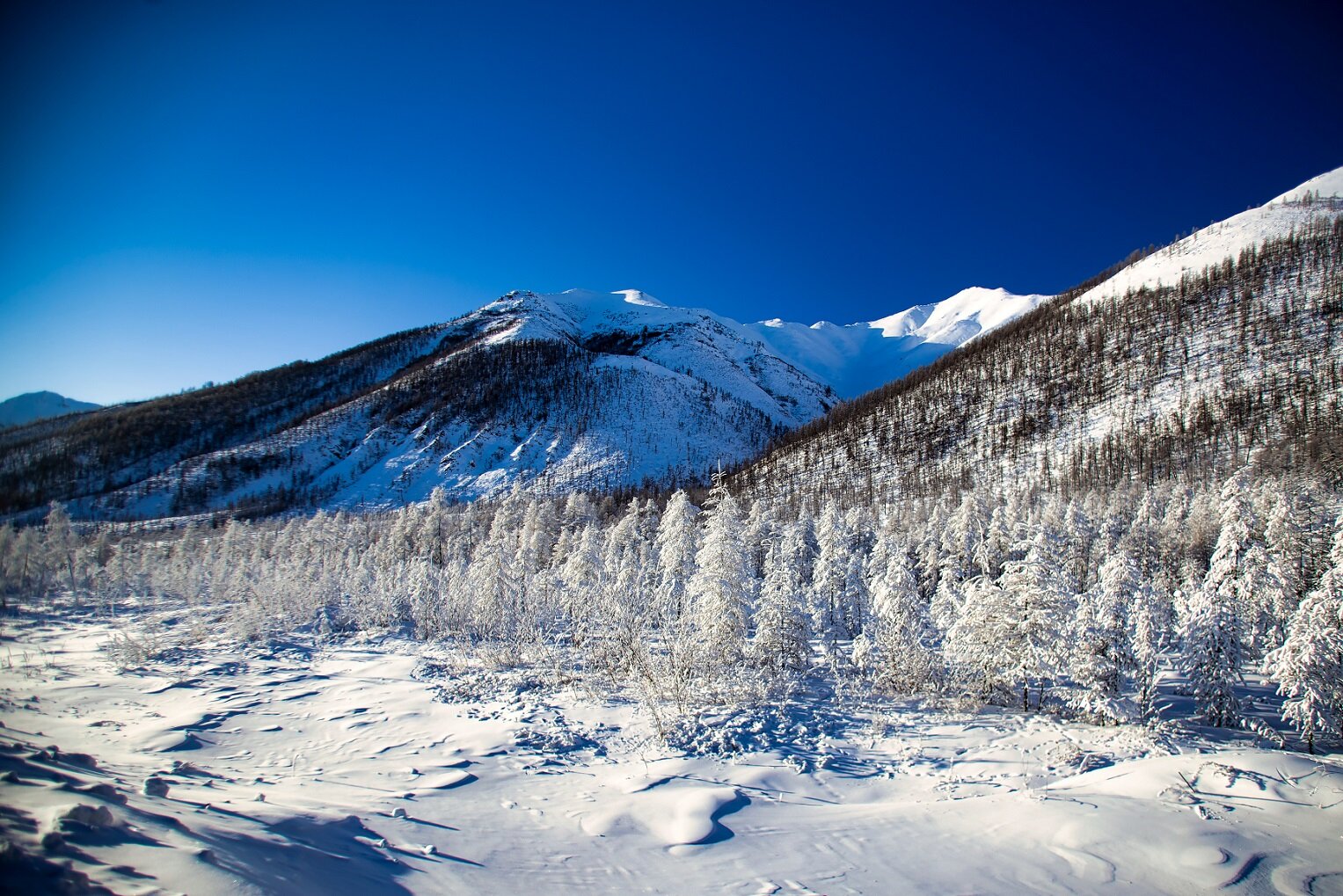When thinking about extremely hardy creatures, the famous tardigrade will probably come to mind for most of you. Scientists, however, determined that there is a 'new sheriff in town,' namely the Bdelloid rotifer.
Bdelloid rotifers are microscopic multicellular animals known for their toughness, capable of withstanding starvation, freezing temperatures and low oxygen levels. They are even exceptionally resistant to damage from ionizing radiation as a result of the same DNA-preserving adaptations they use to endure dormancy.
Amazingly enough, scientists recently discovered that it can not just survive freezing temperatures; it can do so for at least 24,000 years!
It turns out that these minuscule critters can survive for thousands of years - Image Credit: Michael Plewka
For 24,000 years, they bid their time in the Siberian permafrost until an international team of researchers discovered them. Then, after being successfully thawed, they started crawling again, as if nothing happened. But, little did they know they just demonstrated an incredible feat that knocked the scientists off their socks.
The researchers published their findings in the science journal Cell. According to Stas Malavin, one of the lead authors, their research provides the most compelling evidence that multicellular animals can be capable of withstanding tens of thousands of years in cryptobiosis (the state of almost entirely arrested metabolism).
It is remarkable that a multicellular animal can survive such prolonged freezing. When frozen, the cells of most animals are irreparably damaged due to expanding ice crystals. Some animals can withstand frostbite in a state of cryptobiosis or suspended animation, where their metabolism comes to a complete standstill. Once the temperature rises again, they can resume life.
The researchers used a drilling rig in some of the most remote arctic locations in Siberia to obtain permafrost samples that were then thawed in the Soil Cryology Lab at the Institute of Physicochemical and Biological Problems in Soil Science in Pushchino, Russia.
The gorgeous wilderness of Siberia - Image Credit: Egidijus Babelis via Shutterstock / HDR tune by Universal-Sci
The aforementioned laboratory is specialized in separating microscopic organisms from the ancient permafrost. In the past, scientists working there had successfully regenerated several types of multicellular animals, mosses, and plants after a slumber of several thousand years. Now the Bdelloid rotifer can be added to this list.
Previous research has shown Rotifers to survive up to 10 years when frozen. In the new study, the scientists utilized radiocarbon dating to ascertain that the rotifers they retrieved from the permafrost were approximately 24,000 years old.
The researchers cultured a piece of the retrieved permafrost. A week later, life was visible. It turns out that, once thawed, the rotifers were able to reproduce. The team then also succeeded in refreezing descendants of these rotifers and bring them to life again.
Malavin stated that the takeaway of their research is that a multicellular organism can be frozen and saved in that condition for many thousands of years, after which it can return back to life. He called it 'a dream of many fiction writers'
Naturally, the more complex the organism, the harder it is to stay alive in frozen condition. According to Malavin it is impossible for mammals to be preserved in a frozen condition as of yet. Nonetheless, jumping from a single-celled organism to an organism with organs such as a brain and a gut, though minuscule, is a big leap forward.
The researchers hope that new understandings derived from these tiny critters will ultimately offer knowledge that helps to improve cryo-preserving larger organs and tissues.
Malavin continued by explaining that as of right now, it is also not apparent what exactly is required to survive on ice for even a few years and whether the jump to several thousands of years makes much difference - 'That's a question that requires further study.'
Sources and further reading:
If you enjoy our selection of content, consider subscribing to our newsletter
FEATURED ARTICLES:










